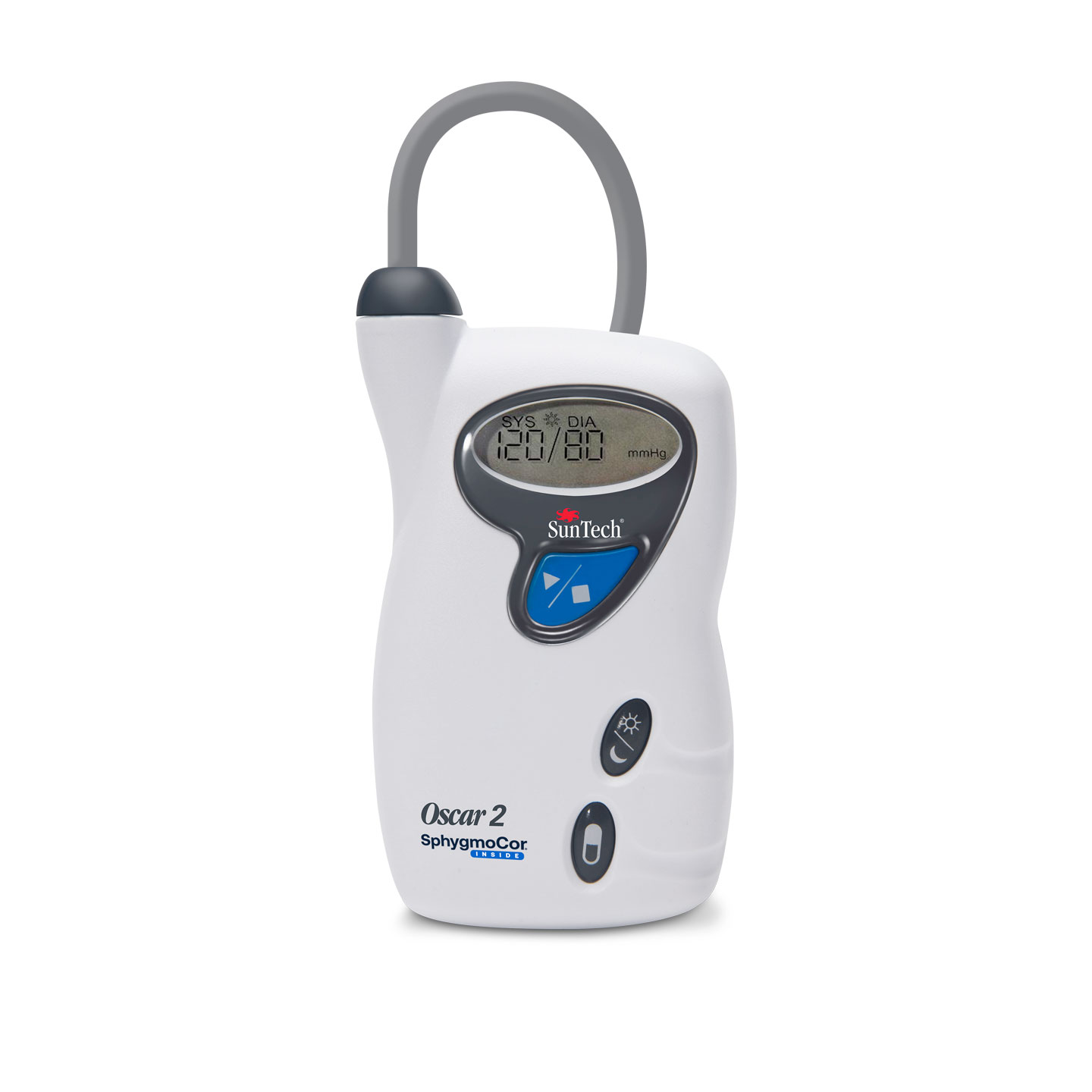Metabolic Health
Examine the Interplay between Cardiovascular and Metabolic Health
98M
adults in the US have prediabetes, more than 8 in 10 don’t know they have it.1
38M
adults in the US have diabetes, 1 in 5 don’t know they have it.2
2X
Medical costs for people with diabetes are more than twice as high as for people who don’t have diabetes.3
The Connection Between Arterial Stiffening and Metabolic Health

Arterial Stiffness and Metabolic Health
Metabolic health and arterial stiffness are closely linked, significantly affecting cardiovascular wellness. Conditions like insulin resistance, abnormal lipid levels, and obesity can accelerate arterial stiffness, increasing the risk of hypertension and heart disease. Optimal metabolic health, achieved through lifestyle modifications and medical management, is essential for reducing arterial stiffness and improving heart health.
Diabetes and Cardiovascular Risk

Utility of Vascular Biomarkers in Metabolic Health
Vascular Biomarkers Explained
Incorporate Vascular Biomarkers in the Management of Diabetes

In-Clinic
- Enhance cardiovascular risk stratification and personalize management plans for diabetic patients.
- Tailor and adjust treatment strategies, improving both metabolic and vascular health outcomes.
- Reimbursable with CPT 93050.

At Home
- Empower patients to actively manage their health by tracking changes in their biomarkers.
- Integration with telemedicine to maintains an ongoing patient-provider interaction and enhances personalized care.
- Reimbursable with CPT 9945x & 99091.

SphygmoCor® XCEL
Capture comprehensive central hemodynamics and arterial stiffness insights at point-of-care and in clinical trials.

CONNEQT Pulse
Monitor arterial health insights with ease at home and on-the-go.

Oscar 2
Gold standard in 24-hour central hemodynamics and ambulatory blood pressure monitoring (ABPM).
1, 2, 3 CDC Diabetes Fast Facts


